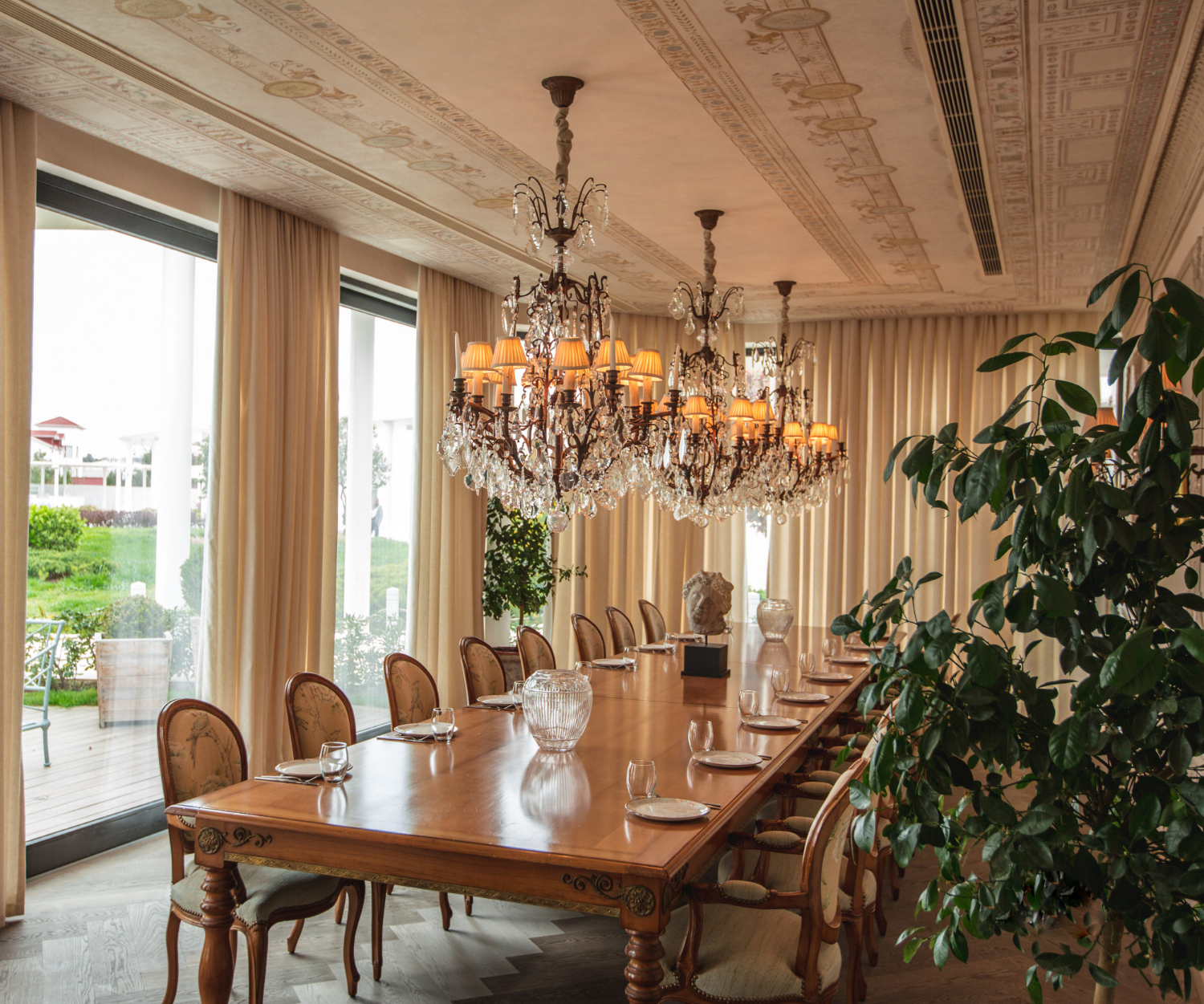 Chandeliers are more than just ceiling lights; they add a sense of luxury and elegance to any space. They have also been used to convey various symbolic messages throughout history.
Chandeliers are more than just ceiling lights; they add a sense of luxury and elegance to any space. They have also been used to convey various symbolic messages throughout history.
To ensure you’re choosing the best chandelier for your home, it’s essential to understand different styles and materials. Then, you can pick a chandelier that suits your style and interior design theme.
Functions
Like in the chandelier farmhouse, the chandelier is a decorative piece and significantly contributes to a room’s overall lighting level. For this reason, selecting a fixture that is appropriate for the space is essential.
Chandeliers can enhance a sense of luxury and grandeur by incorporating elements such as crystals, intricate details, and rich finishes. Alternatively, a more contemporary or modern chandelier can make striking statements using simple shapes and clean lines.
A more recent development has seen the introduction of LED technologies. These can offer several benefits, including lower maintenance costs and energy savings.
Another factor influencing the use of chandeliers is new home designs. With two-story foyers largely disappearing from new homes, chandelier use is moving to other spaces, such as dining rooms. For this space, it is recommended that a chandelier is half to three-quarters the width (or diameter) of the table it will hang above.
Styles
The word “chandelier” invokes images of elegant tiered lighting fixtures that add a sense of luxury to any space. Chandeliers have long been considered a symbol of wealth and stature, whether used for the dining room, foyer, or private library.
Chandelier styles can be as straightforward or as elaborate as you want, depending on your preferences and the overall design of your home. You can also choose between various shapes and materials to create a unique chandelier that fits your aesthetic.
For example, neoclassical chandeliers often draw inspiration from ancient Greece and Rome. They feature clean lines, classical proportions, and motifs such as flames, arrows, and mythological creatures. These styles became popular in nineteenth-century France thanks to an influx of looted Egyptian artifacts that inspired French designer Charles Delafosse. The design of chandeliers has remained fluid over time, with different influences incorporated into each new style. This makes finding the right chandelier for your home a fun and rewarding experience!
Materials
Chandeliers can be crafted from various materials with unique properties that inspire artisans. Glass is a popular choice as it can be sculpted into intricate shapes and embellished with different colors, textures, and patterns. It also offers many light refraction and dispersion possibilities, from clear and transparent to opaque and frosted.
During the nineteenth century, the Industrial Revolution led to mechanization and reduced production costs, making chandeliers more affordable for a broader market. This newfound affordability, combined with an era of changing tastes and styles, resulted in a resurgence in decorative styles, reviving many older motifs.
The same trend can be seen in contemporary chandeliers, which break away from traditional designs to produce innovative and minimalistic fixtures. One example is using wood and wrought iron to create rustic chandeliers featuring exposed Edison-style bulbs.
Symbolism
Chandeliers are a symbol of opulence and grandeur, as well as wealth. They can make bold statements in large, luxurious settings or create a sophisticated effect in smaller, more modern spaces. Today, chandeliers are being reinvented with new materials and technologies, transforming the lighting fixture into a piece of art with unique shapes and textures.
For instance, some use multi-faceted crystal branches to fracture light similarly to glass. Other designers are using unconventional materials to produce witty and ironic effects.
In addition to being a focal point and statement piece, a chandelier can be a beautiful reminder of our heritage and history. For example, in Greek Orthodox monasteries, chandeliers are swung during certain ceremonies, such as Pascha, to symbolize the angels rejoicing with the faithful. Some other Christian churches also follow this practice to celebrate their heritage and culture.









